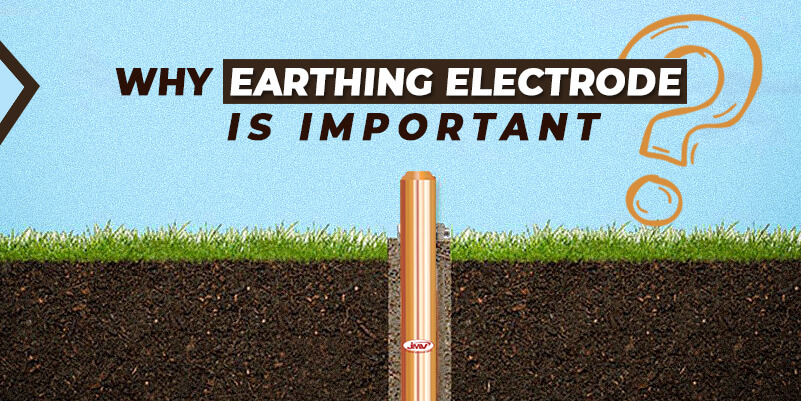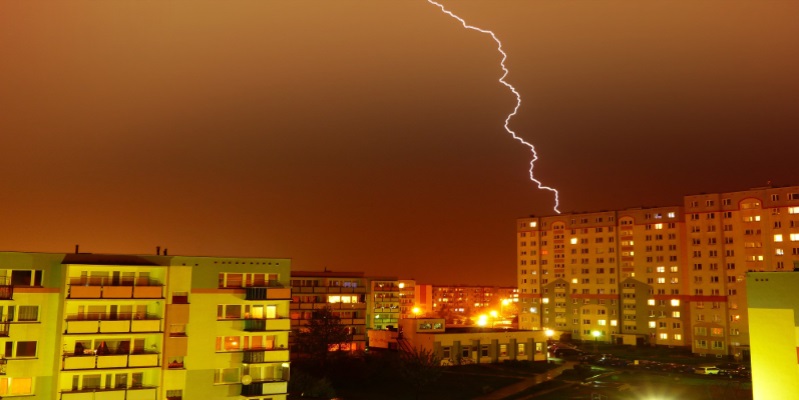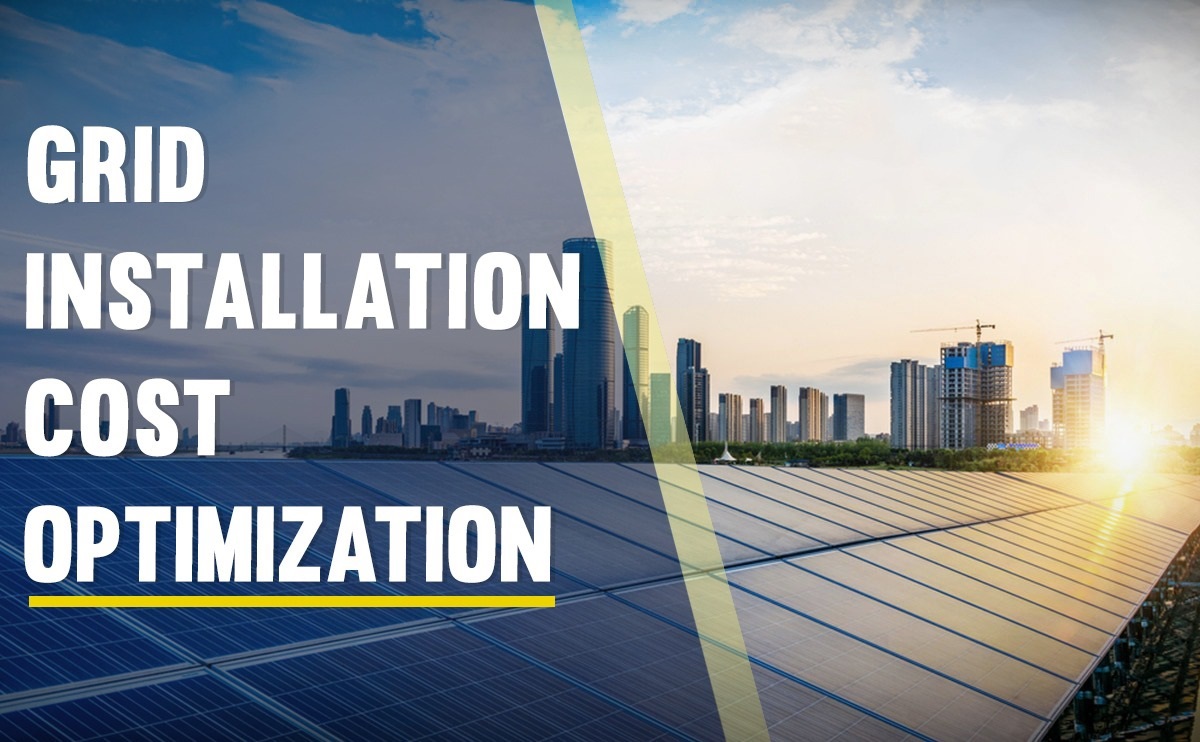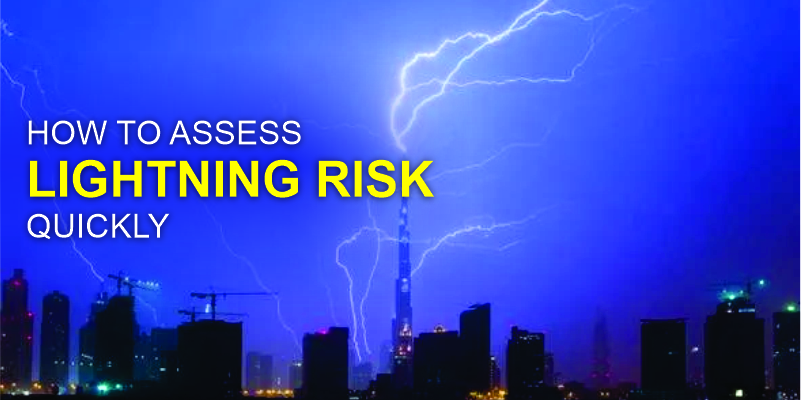
Why Earthing Electrode is Important:
Health and safety conditions connected to electrical installations and power segment is like an edict followed by every professional working with electric equipment. In any electric network, earthing segment comes under the basic safety installation that should be considered while designing complex electric networks and wiring.
Ruminating on the safety installations functioning to maintain reliable equipment operation and personnel safety during electric fault conditions, the earthing system comes as the core requirement. The primary role of a properly designed earthing system is to set up a low impedance path for fault occurrences tracing its way to the ground safely without damaging associated electric equipment as well as to ensue the safety of people who are working around.
This post will help you to know the different earthing methodologies and what components each practice uses. Moreover, we shall uncover the details on selecting earth electrodes complying with the latest earthing practices as per mandatory standards.
Explaining Different Earthing Practices – Both Conventional and Advance Methods:
1. It was and still is necessary to provide low impedance path for fault currents. Long ago, we had a conventional earthing methodology in practice employing components – conductor who was copper or GI plates positioned amidst salt and charcoal conducting backfill compound. But, these practices addressed the faults but not for long, and the installation gets degraded within a short time. They do not retain moisture, and so this type of earthing installation need to be watered frequently, which further invoke faster corrosion of the conductor. These basic level requirements are not fulfilled by conventional earthing installation, and hence they are not approved and recommended as per a set of technology standards.
2. To overcome the demerits of Conventional earthing, a maintenance free earthing system strictly complying with the IEC/IS technology standard should be practised, which specifies the usage of solid rod technology. Highlighting the primary focus area or the benefit of a maintenance-free earthing system – the conductor used is a solid rod, an intelligent concoction of low carbon high tensile steel molecularly bonded with min. 250 microns copper coating complying with IEC 62561-2, IEEE 80 & IS 3043. Moreover, as we know, soil texture greatly matters in the case of earthing installation - standard IS 3043: 2018 complying earth enhancement compound is used to backfill the space surrounding the conductor, which has excellent moisture-retaining attributes.
Explaining the Critical Role of Copper Bonded Rod in Earthing System:
Proper earthing system designing can be done effectively using CDEGS software tool, which results in forming an essence and base to every electric network to eliminate electric and fire hazards. Special consideration must be provided to selecting the earth electrode/ conductor, which is the key element in the installation that ensures.
1. Paving safe path for electrical faults
2. Efficient fault dissipation
3. Minimize and Eliminate steps and touch potential
4. Eliminate any damage or downtime to electric equipment.
5. Ensure that the lightning protection system and surge protection devices connected to the earthing serve the purpose.
Copper bonded steel conductors designed as per the fault current calculation are used in maintenance-free earthing techniques. They offer fair electric conductivity owing to the dual advantage, i.e., the superior conductivity of copper and, secondly, strength due to low carbon high tensile steel. The rods are connected in parallel to form a mesh/mat/grid to attain the required resistance value. Copper bonded rods are based on the latest technologies, which can withstand high fault current occurrences for about 25+ years.
Even in tough soil conditions, a maintenance free earthing system employing copper bonded rods along with earth enhancement compound is the robust and reliable solution opted for. What’s more, this is a cost-effective solution compared to a conventional technique, which gradually made the conventional practices obsolete.



